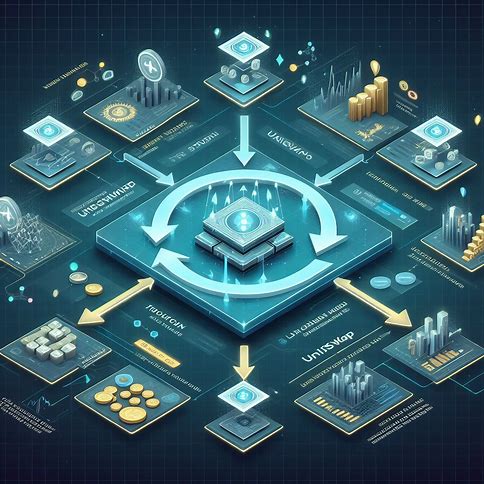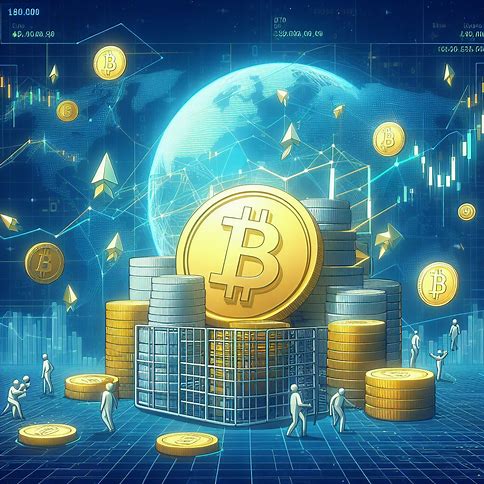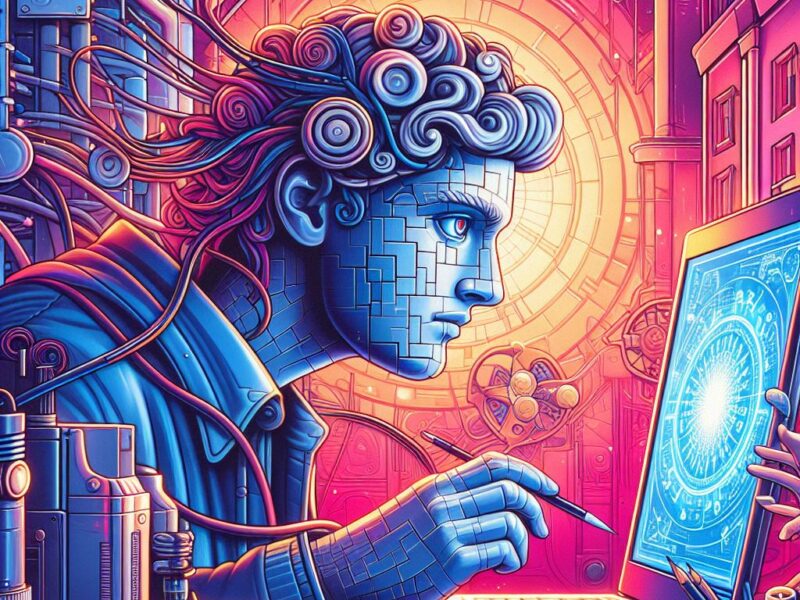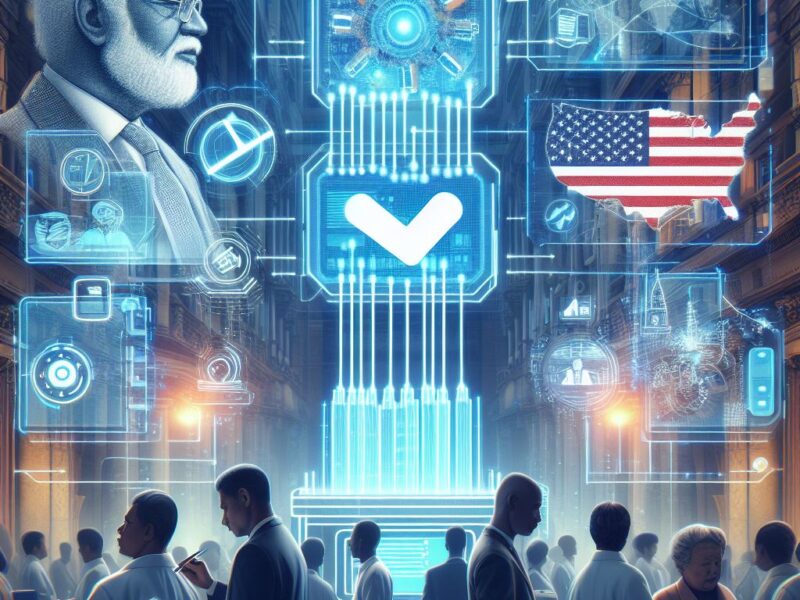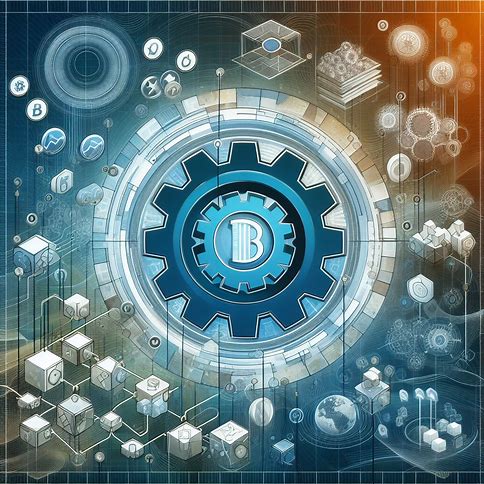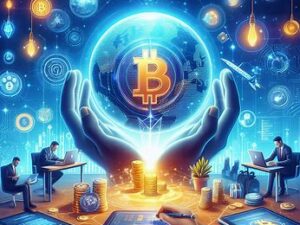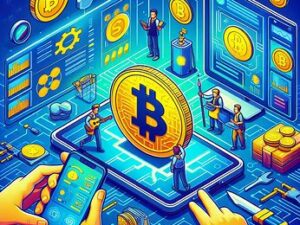As an art collector, trying to check out various NFT marketplaces to find high-quality, valuable digital art pieces can be overwhelming. That is why we have highlighted some of the best NFT marketplaces that every art collector needs to know.
1. OpenSea
OpenSea is the largest and most well-known NFT marketplace, offering an extensive selection of digital art, collectibles, music, domain names, virtual worlds, and more. The platform makes it easy to discover, buy, and sell NFTs using various cryptocurrencies like Ethereum, Solana, Polygon and others.
One of the standout features of OpenSea for art collectors is the ability to view NFT collections from top artists, galleries, and brands. You can browse curated drops and exclusive collaborations, ensuring access to high-quality digital art. OpenSea also offers useful tools like filtering by price, rarity, and artist to help you find the perfect piece for your collection.
Security and authenticity are top priorities on OpenSea. The marketplace verifies collections and creators to combat fakes and copycats. When buying, you can see key details like item history, metadata, and provenance to ensure you’re getting an authentic digital artwork.
In terms of fees, OpenSea charges a 2.5% fee on every transaction. While there are some gas fees for minting and selling NFTs, OpenSea has taken steps like moving to Polygon to help reduce these costs for creators and collectors.
Pros of OpenSea for art collectors:
– Largest selection of NFTs across multiple blockchains
– Curated featured drops and collections from top artists
– Strong security and verification measures
– Detailed item data and transaction history for informed collecting
Cons of OpenSea
– Higher fees compared to some other marketplaces
– Can be harder to filter signal from noise given the sheer volume of NFTs
2. Nifty Gateway
Nifty Gateway is a premier NFT marketplace known for curating high-quality drops from top artists, brands, and celebrities. The platform has hosted influential drops from the likes of Beeple, Pak, Refik Anadol, and Damien Hirst, cementing its status as a go-to destination for iconic NFT art.
One unique aspect of Nifty Gateway is that it focuses on scheduled drops and auctions. The platform announces exclusive limited-edition drops in advance, allowing collectors to prepare and get excited for new releases. These drops often sell out quickly and can command high prices on the secondary market.
Nifty Gateway also offers a seamless user experience for art collectors. You can purchase NFTs directly with a credit card, Google Pay, or Apple Pay, removing some of the crypto complexities. The platform stores your NFTs in a secure wallet and provides a user-friendly interface to view, manage, and showcase your collection.
In terms of fees, Nifty Gateway charges a 5% fee plus 30 cents on every secondary market transaction. While these fees are higher than some other marketplaces, many collectors are willing to pay a premium for the carefully curated selection and effortless buying experience.
Pros of Nifty Gateway for art collectors:
– Premier destination for iconic, high-value NFT art drops
– Seamless purchasing with fiat currency and crypto
– User-friendly interface for managing your collection
– Secure wallet infrastructure to protect your NFTs
Cons of Nifty Gateway:
– Higher fees compared to some other marketplaces
– More limited selection compared to larger marketplaces like OpenSea
3. SuperRare
SuperRare is another top NFT marketplace that focuses on curated, single-edition digital artworks. The platform hand-selects artists to feature, ensuring a high caliber of NFT art for collectors.
One distinguishing aspect of SuperRare is its emphasis on single-edition digital artworks. While some other marketplaces allow multiple editions of an NFT, SuperRare focuses on one-of-a-kind pieces, making them more exclusive and potentially more valuable for collectors.
SuperRare also places a strong emphasis on storytelling and artist promotion. Each artwork features an artist statement and details about the creative process, allowing collectors to connect more deeply with the pieces they acquire. The platform regularly spotlights artists through interviews, articles, and social media content.
In terms of the collecting experience, SuperRare offers a clean, gallery-like interface to browse and display NFT art. Collectors can purchase artworks directly with ETH and showcase their collection on their profile page.
Related: Best Platforms for NFT Gaming Assets
SuperRare charges a 3% transaction fee, which is in line with many other NFT marketplaces. Artists also receive a 10% royalty on all secondary sales, ensuring they continue to benefit from their work over time.
Pros of SuperRare for art collectors:
– Highly curated selection of single-edition digital artworks
– Emphasis on storytelling and artist promotion
– Clean, gallery-like interface for browsing and showcasing art
– Lower transaction fees compared to some premium marketplaces
Cons of SuperRare
– More limited selection compared to larger marketplaces
– Focuses only on single-edition works, so less variety in terms of editions
For art collectors who value exclusivity and artist storytelling, SuperRare offers a compelling platform to acquire and showcase high-quality NFT artworks. The single-edition focus makes pieces feel more unique and intimate, almost like owning an original painting in the digital realm.
4. Foundation
Foundation is a creator-focused NFT marketplace that is well known among digital artists and collectors alike. The platform is known for its community-driven approach and its support of emerging and established artists.
One unique aspect of Foundation is its use of a “creator invite” system. Artists must be invited by existing members of the Foundation community to mint their work on the platform. This helps maintain a level of quality while fostering exclusivity and artistic camaraderie.
Foundation also employs a unique auction model for NFT sales. When an artist mints a new NFT, they set a reserve price. The first collector to bid at or above that price starts a 24-hour auction, encouraging competitive bidding and potentially driving up the value of the artwork.
Foundation charges a 5% fee on primary sales and a 10% fee on secondary sales, which is split between the platform and the original artist. This structure ensures that artists continue to benefit from the ongoing value of their work.
Collectors on Foundation can browse a diverse range of digital art styles and genres, from abstract generative art to detailed illustrations and 3D animations. The platform offers a clean, minimalist interface that puts the focus on the artworks themselves.
Pros of Foundation for art collectors:
– Community-driven platform with a focus on supporting artists
– Unique auction model that can drive up artwork value
– Diverse range of digital art styles and genres to explore
– Minimalist, artwork-focused interface
Cons of foundation:
– Higher fees compared to some other marketplaces
– Creator invite system may limit the total selection of available artworks.
5. Rarible
Rarible is a community-centric NFT marketplace that empowers creators and collectors alike. The platform offers a wide range of digital assets, including art, music, videos, and more.
One of the standout features of Rarible is its use of the RARI token, a governance token that allows holders to vote on platform upgrades and participate in curation. This decentralized approach gives the Rarible community a say in shaping the future of the marketplace.
Rarible also offers a user-friendly minting process that allows artists to create NFTs with just a few clicks. Collectors can easily browse and purchase NFTs using various cryptocurrencies, including ETH, FLOW, and XTZ.
In terms of fees, Rarible charges a 2.5% fee on every sale, which is on the lower end compared to some other marketplaces. The platform also supports royalties for artists, ensuring they receive a percentage of secondary sales.
Pros of Rarible for art collectors:
– Wide variety of digital art and other NFT assets
– Community governance through the RARI token
– User-friendly minting and purchasing process
– Lower transaction fees compared to some other marketplaces
Cons of Rarible:
– The wide variety of assets may make it harder to focus specifically on art
– The decentralized approach may result in a less curated selection compared to some other art-focused marketplaces
Rarible is a solid choice for art collectors who value community participation and enjoy browsing a diverse selection of digital assets. The platform’s commitment to creator empowerment and decentralized governance makes it an interesting option in the evolving NFT marketplace landscape.
The best NFT marketplace for you will depend on what you really want to collect, your budget, and artistic preferences. Don’t be afraid to try out multiple platforms, engage with artist communities, and refine your NFT art collection over time.
Frequently Asked Questions
1. What are NFTs, and how do they relate to digital art?
NFTs, or non-fungible tokens, are unique digital assets stored on a blockchain. They can represent ownership of various digital items, including artwork, music, videos, and more. In the art world, NFTs allow artists to create and sell verifiable, one-of-a-kind digital artworks to collectors.
2. How do I buy NFT art on these marketplaces?
To purchase NFT art, you’ll need a digital wallet that supports the cryptocurrency used by the marketplace (e.g., Ethereum, Solana). You’ll also need to fund your wallet with the appropriate cryptocurrency. Once you have a funded wallet, you can browse the marketplace, select the artwork you want, and complete the purchase using the site’s instructions.
3. What should I look for when collecting NFT art?
When collecting NFT art, consider factors such as the artist’s reputation and portfolio, the artwork’s uniqueness and cultural significance, and the potential for future value appreciation. It’s also important to ensure the authenticity and provenance of the NFT by purchasing from verified creators on reputable marketplaces.
4. How do I store and display my NFT art collection?
Your purchased NFTs will be stored in your digital wallet associated with the marketplace. Many marketplaces also offer built-in options to showcase your collection on your profile page. Additionally, you can use third-party platforms like Showtime or Oncyber to create virtual galleries and displays for your NFT art collection.
5. Are there any risks associated with collecting NFT art?
As with any investment, collecting NFT art comes with risks. The value of NFTs can be highly speculative and subject to market fluctuations. There’s also the potential for fraud, such as purchasing counterfeit NFTs or falling victim to phishing scams. To mitigate these risks, do your due diligence, purchase from verified creators and reputable marketplaces, and practice good digital security habits.
6. Can I sell my NFT art collection later on?
Yes, most NFT marketplaces allow you to list your purchased NFTs for sale on the secondary market. When you sell an NFT, you’ll typically pay a transaction fee to the marketplace, and the original artist may receive a percentage of the sale price as a royalty. Keep in mind that the value of your NFTs may fluctuate over time based on market demand and other factors.
7. How do I stay informed about the latest NFT art drops and trends?
To stay up-to-date on the latest NFT art drops and trends, follow your favorite artists and collectors on social media, join NFT art communities on platforms like Discord and Twitter, and subscribe to newsletters from NFT marketplaces and art publications. Attending virtual or in-person NFT art events and conferences can also help you network and learn more about the space.
